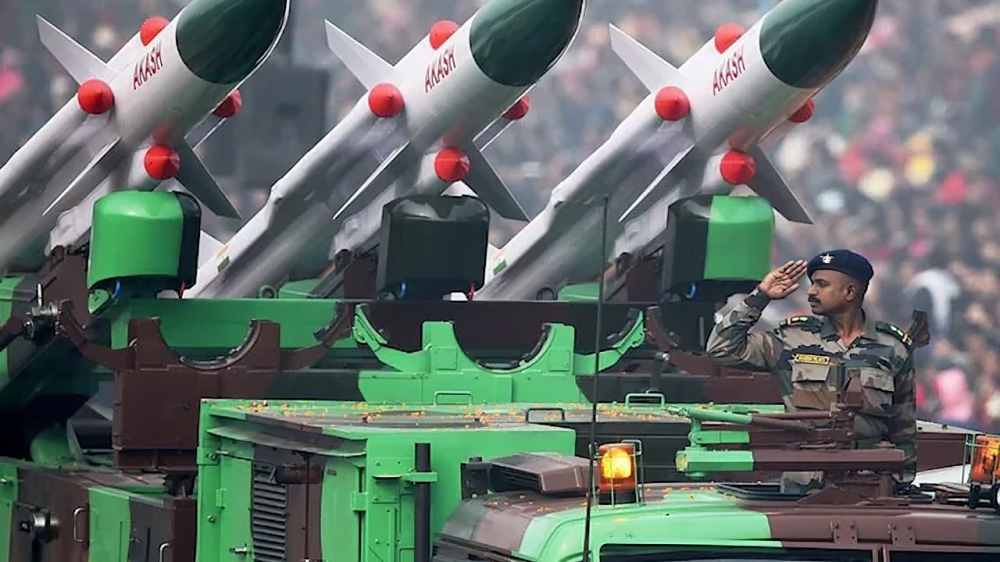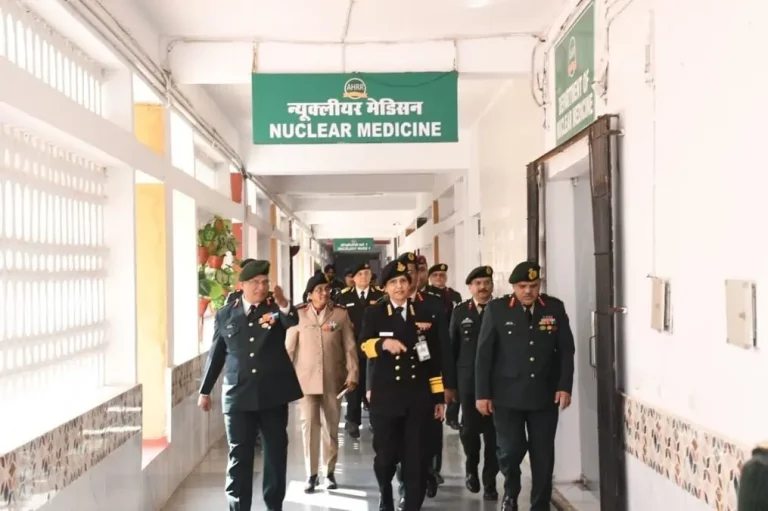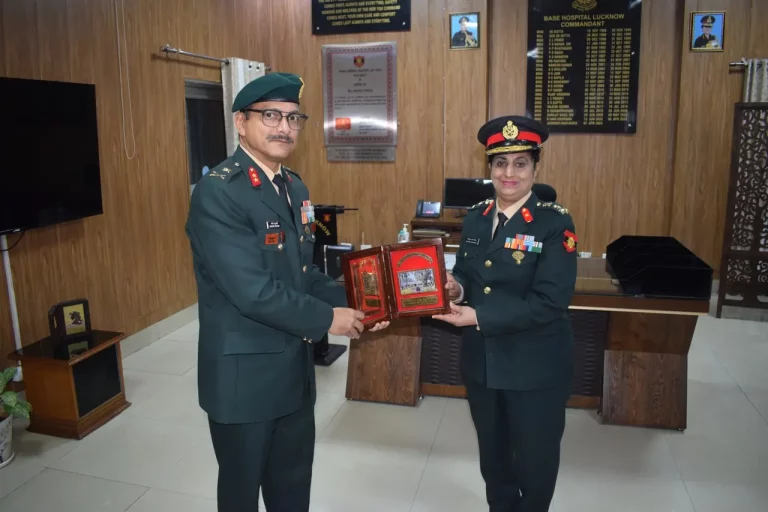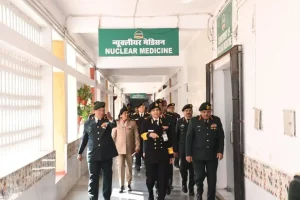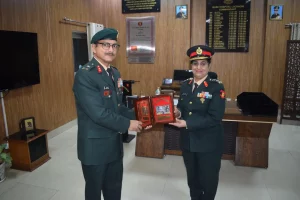In a significant initiative to enhance self-reliance in the defense sector, the Ministry of Defence (MoD) has unveiled an ambitious plan to dramatically shorten procurement timelines, reducing them by nearly 69 weeks. Defence Secretary Rajesh Kumar Singh emphasized the importance of this move during a press briefing, describing it as a pivotal advancement in the overarching national goal of Atmanirbharta (self-reliance) and the vision for a developed India (Viksit Bharat).
This decision is part of the MoD’s declaration of 2025 as the “Year of Reforms,” which is dedicated to enhancing efficiency and minimizing bureaucratic hurdles in defense procurement processes. These modifications aim to expedite the acquisition of essential military equipment, particularly high-priority indigenous projects such as the Advanced Medium Combat Aircraft (AMCA), which have been marred by delays.
The AMCA program, under the aegis of the Aeronautical Development Agency, is now targeting a prototype rollout by late 2026 or early 2027, with ambition for a maiden flight in 2028. Initially expected to take to the skies in 2018, the program has faced numerous challenges, including funding issues, production delays, and setbacks in engine development approvals.
Singh also highlighted the growing role of the private sector in defense research and development, as well as manufacturing capabilities. He pointed to initiatives like the Strategic Partnership framework introduced in the Defence Acquisition Procedure 2020, which aims to foster a robust and innovation-driven defense industrial base in India. Notably, the Defence Acquisition Council’s endorsement of ₹54,000 crore for military hardware purchases in March 2025 complements this strategy, along with updated guidelines designed to streamline procurement timelines by 10 to 15 percent.
Despite India’s rise as a formidable $4 trillion economy, its defense sector has remained predominantly reliant on imports. The MoD’s recent reforms seek to counter this dependency by empowering both public and private entities to create and deliver advanced military technologies. Singh mentioned the establishment of a high-level committee tasked with developing a clear strategic framework for production, particularly for flagship projects like the AMCA.
The reforms also reflect a response to evolving regional security challenges, particularly heightened tensions with neighboring countries such as China and Pakistan. Singh urged private companies to step up investments in domestic innovation and form collaborations with public-sector units and foreign original equipment manufacturers (OEMs) to foster a sustainable defense manufacturing ecosystem.
Industry experts have expressed a mix of cautious optimism in response to the reforms. While many acknowledge the positive shift toward expedited and transparent processes, concerns linger regarding the execution speed, given the historical sluggishness of India’s defense establishment. Nevertheless, the newfound focus on reducing procurement timelines and fostering private sector engagement represents a noteworthy advancement in India’s pursuit of defense autonomy.
